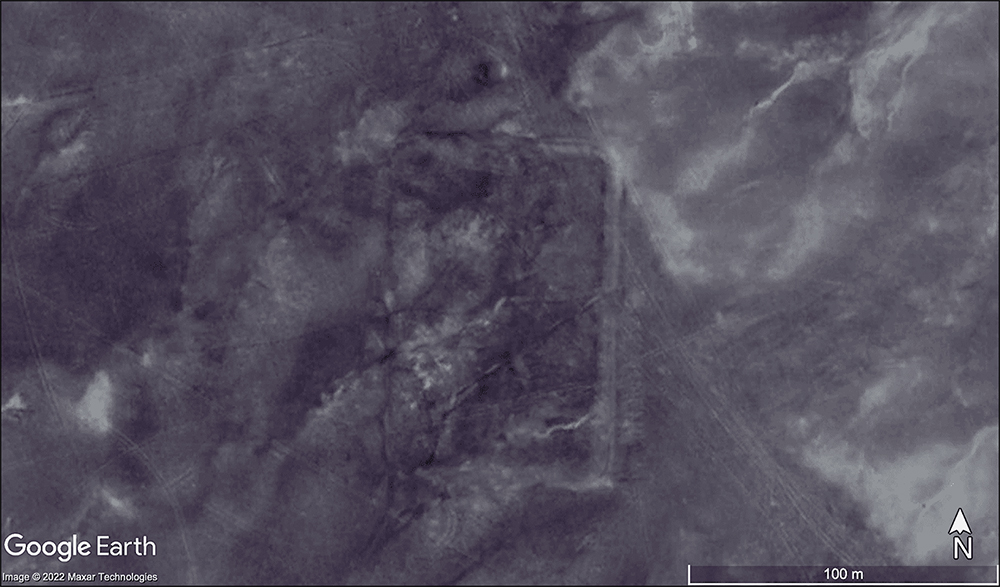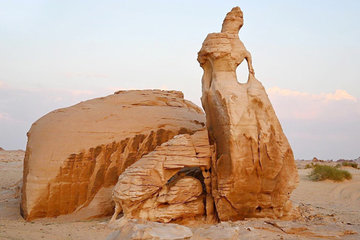
Archaeologists from Oxford University have recently discovered three 2,000-year-old Roman military camps, buried in the Arabian desert. The camps were found with the help of Google Earth and may have been constructed as part of the Roman Empire's takeover of the ancient Nabataean Kingdom, whose territory extended between the modern kingdoms of Jordan and Saudi Arabia, following the death of its last king, Rabbel II Soter, in AD 106.
The three camps were found to have been constructed in a typical playing card shape, with opposing entrances along each side. The distance between the camps ranges from 23 to 27 miles, indicating that they were temporary accommodation for the Roman troops, most likely mounted, as they crossed the desert. Researchers have suggested that the Romans followed a peripheral caravan route linking Bayir and Dumat Al-Jandal in Saudi Arabia, which bypassed the more commonly used route down the Wadi Sirhan, adding an element of surprise to the attack.

According to Roman sources, the conquest of Nabataea was a peaceful transfer of power. However, the new discovery of the camps suggests that the takeover may have been more violent than previously thought. The larger size of the western camp has raised questions about the nature of Rome's conquest of Nabataea. If the camps are dated correctly to the early second century, as suggested by researchers, it could indicate that the Roman annexation of the Nabataean Kingdom was not a straightforward affair and that Rome moved quickly to secure the kingdom.
“The level of preservation of the camps is really remarkable, particularly as they may have only been used for a matter of days or weeks. It is amazing that we can see this moment in time played out at a landscape scale,” says Dr. Michael Fradley, one of the researchers at Oxford University.

Roman military expert Dr. Mike Bishop notes that while Roman forts and fortresses show how Rome held a province, temporary camps reveal how they acquired it in the first place. The new discovery of the camps is a spectacular find, providing an important new insight into Roman campaigning in Arabia.
The findings have shed new light on the conquest of Nabataea, and researchers believe that there may be more to uncover in the future. As archaeologists continue to make use of new technology and techniques, it is clear that there are still many mysteries to uncover about the region’s ancient past.

















